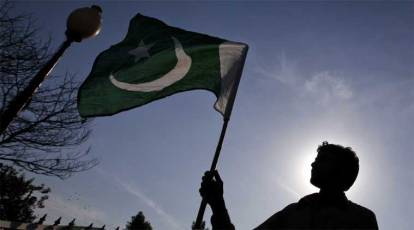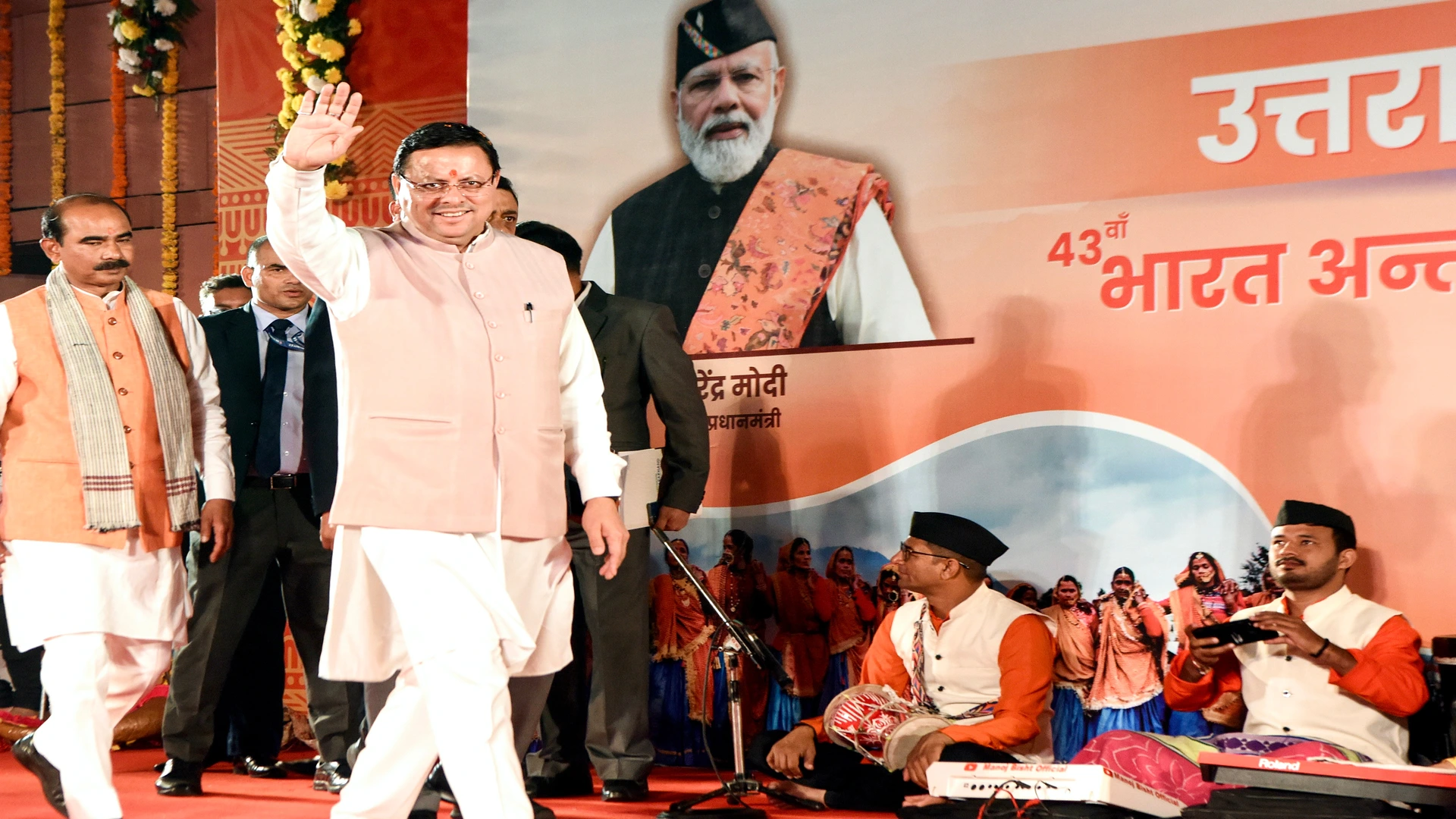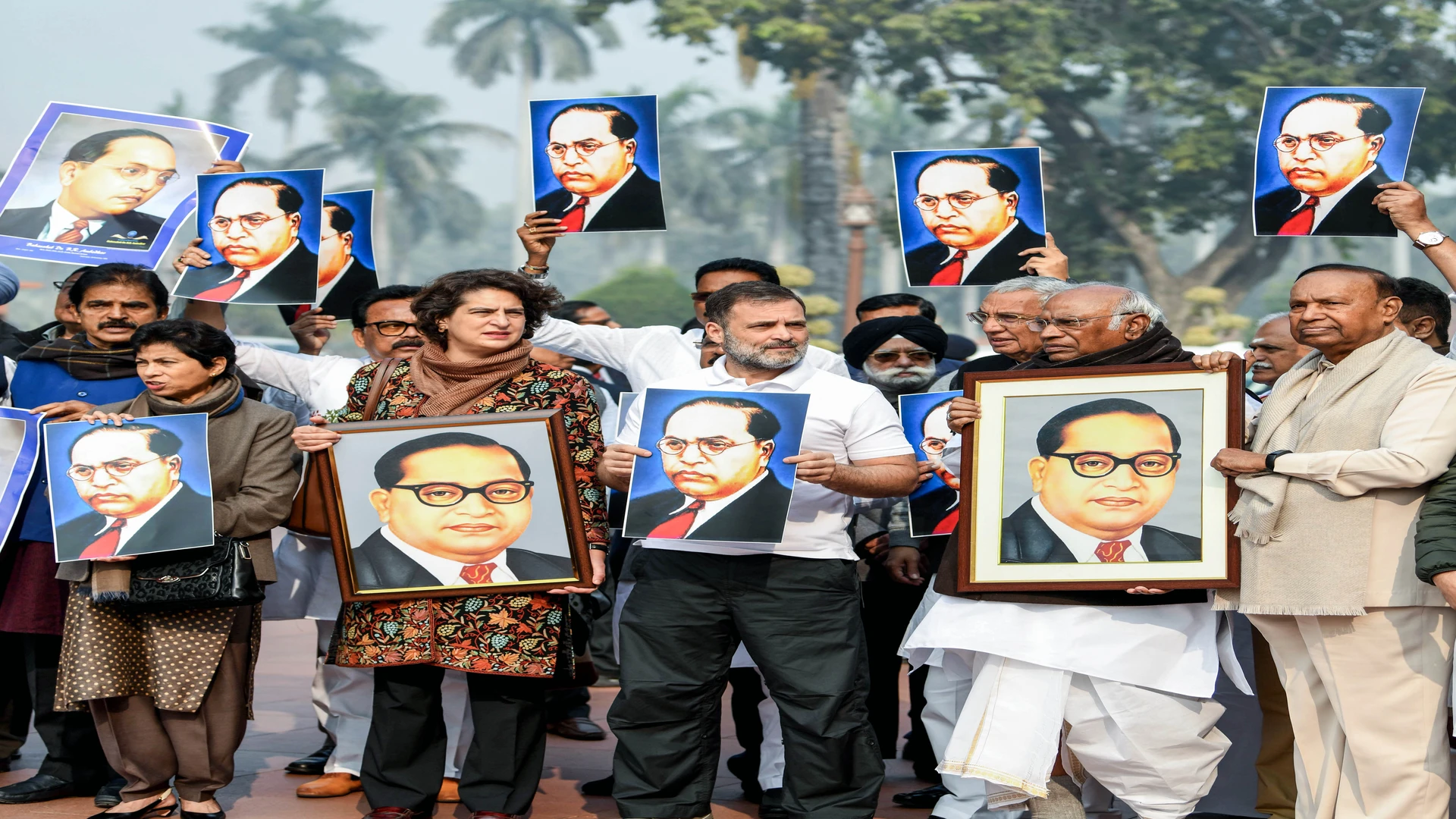
Violent street protests in Pakistan Occupied Kashmir (PoK) have resulted in the death of a police officer and injuries to over 90 people since Friday (May 10), according to Pakistani media reports.
The unrest began after approximately 70 members of the Joint Awami Action Committee, an organization led by traders in the region, were arrested during a strike protesting the escalating costs of food, fuel, and utilities. Pakistan’s economic crisis and high inflation have caused significant hardships for its people, with traders particularly affected by the cessation of trade with India.
The Riots in P0K
Traders took to the streets on Friday to demonstrate against the soaring prices of electricity and food. Similar protests against exorbitant electricity bills occurred in August 2023. A widespread strike paralyzed Muzaffarabad, the capital and largest city of PoK, with public transportation, shops, markets, and businesses shuttered. In Mirpur and Muzaffarabad divisions, large groups of protesters breached barricades and clashed with law enforcement.
On Sunday, paramilitary Rangers were deployed to safeguard government installations such as the legislative assembly and the courts. Pakistan’s economy has been grappling with severe inflation and sluggish economic growth for over two years, driven by escalating energy expenses. Consumer inflation has surpassed 20% since May 2022, reaching 38% in May 2023, as reported by the Dawn newspaper.
Suspected Discrimination
Leaders in PoK have been expressing discontent over purported discrimination by the government in Islamabad regarding the allocation of power to the region. Dawn reported complaints from the region’s premier, Chaudhry Anwarul Haq, regarding the alleged unequal distribution of the 2,600MW of hydropower generated by the Neelum-Jhelum project.
Haq also mentioned that his proposal for allocating resources to raise government employee salaries in the recent budget was rejected, compelling him to reallocate development funds to cover these expenses.
Downturn in India’s Trade
Traders in PoK suffered significant losses after India imposed a 200% customs duty on Pakistani goods like dry dates, rock salt, cement, and gypsum in the aftermath of the Pulwama terror attack in February 2019. Consequently, Pakistan’s exports to India plummeted from an average of $45 million per month in 2018 to just $2.5 million per month from March to July 2019, as reported by Dawn.















